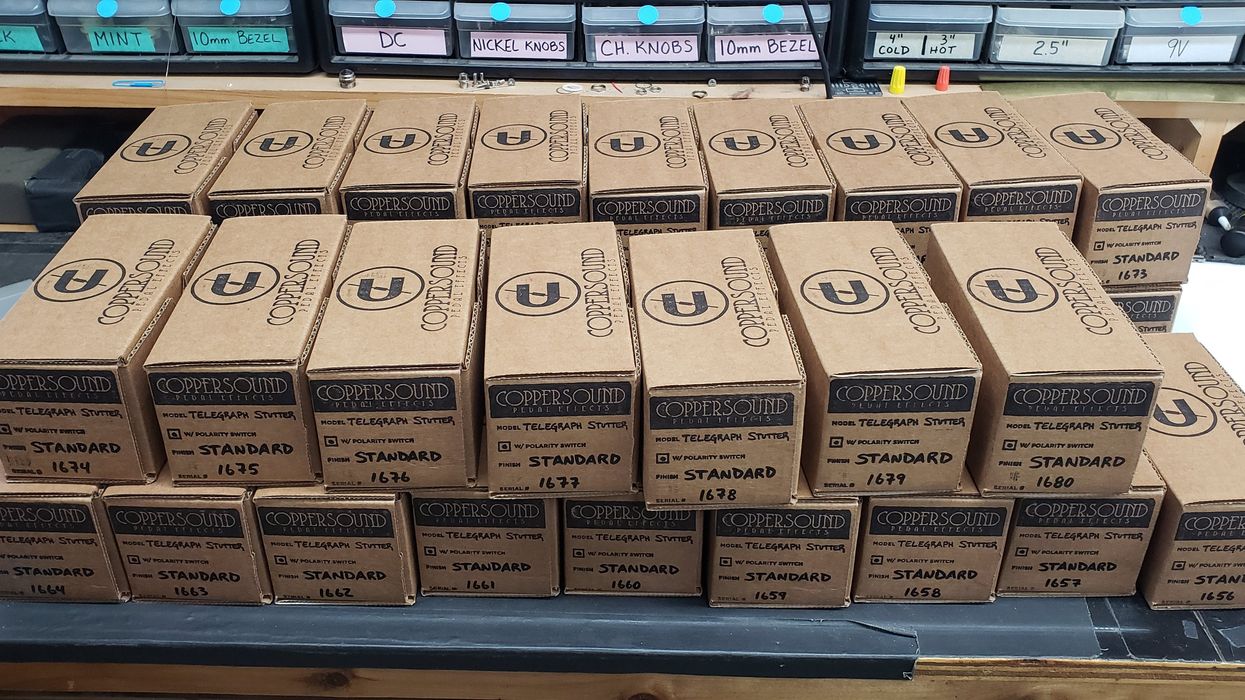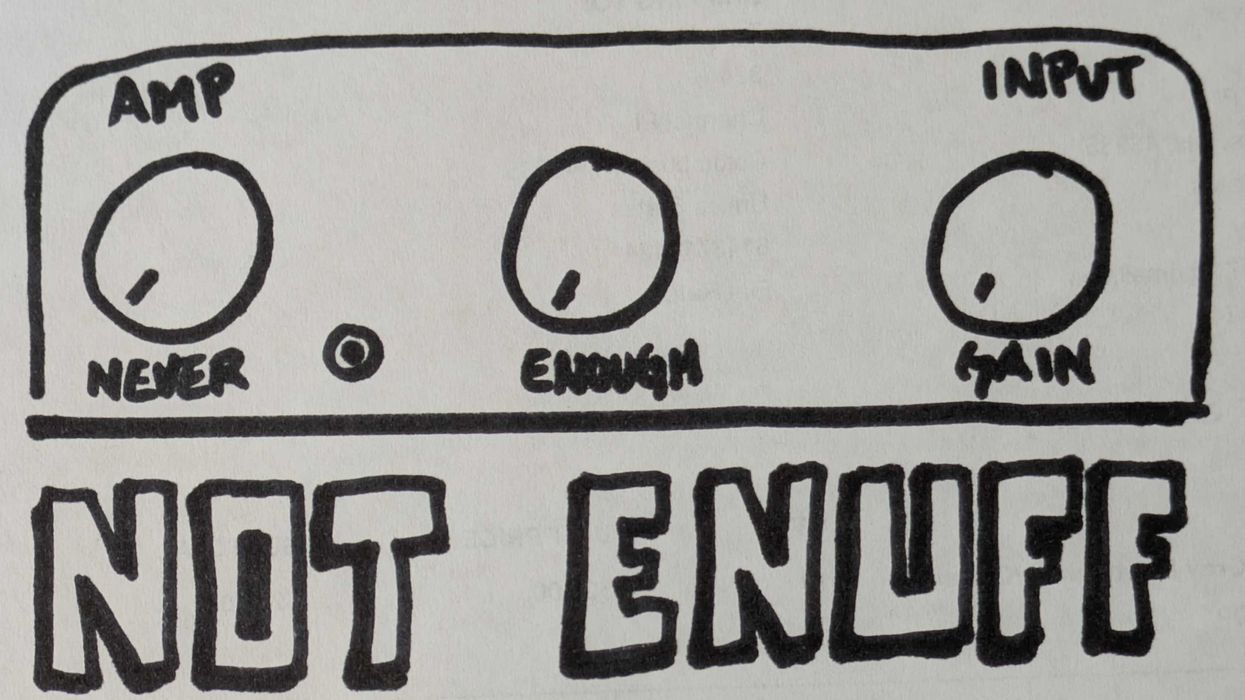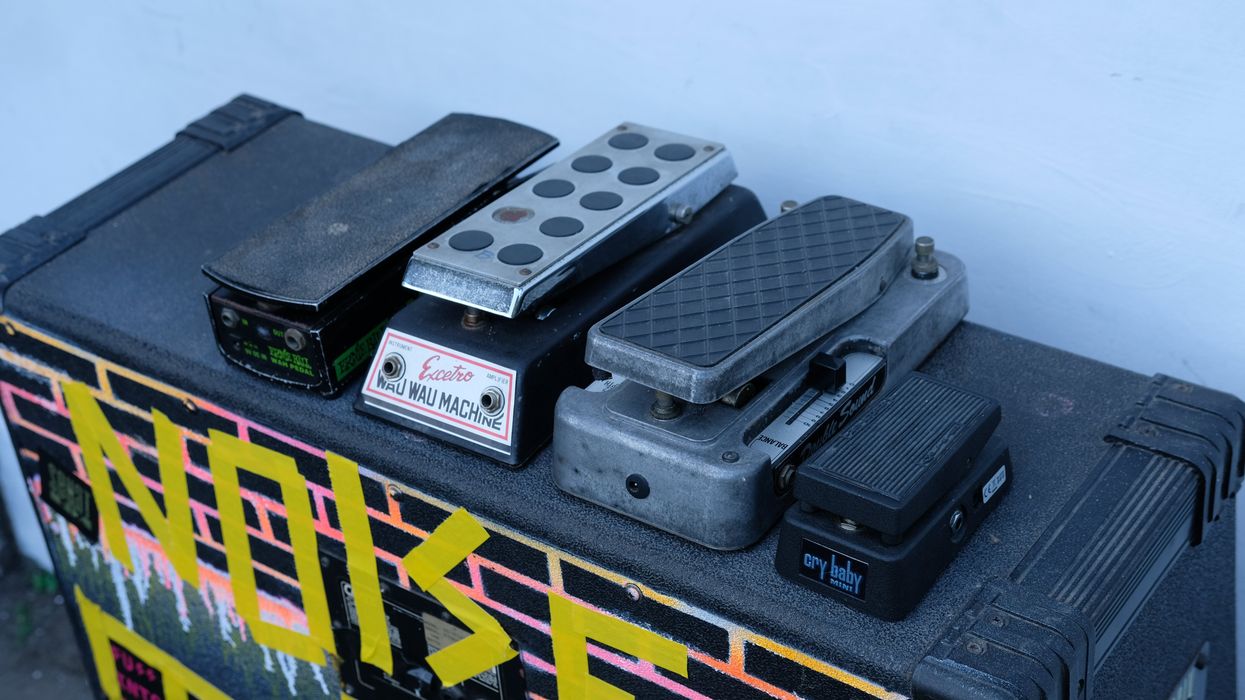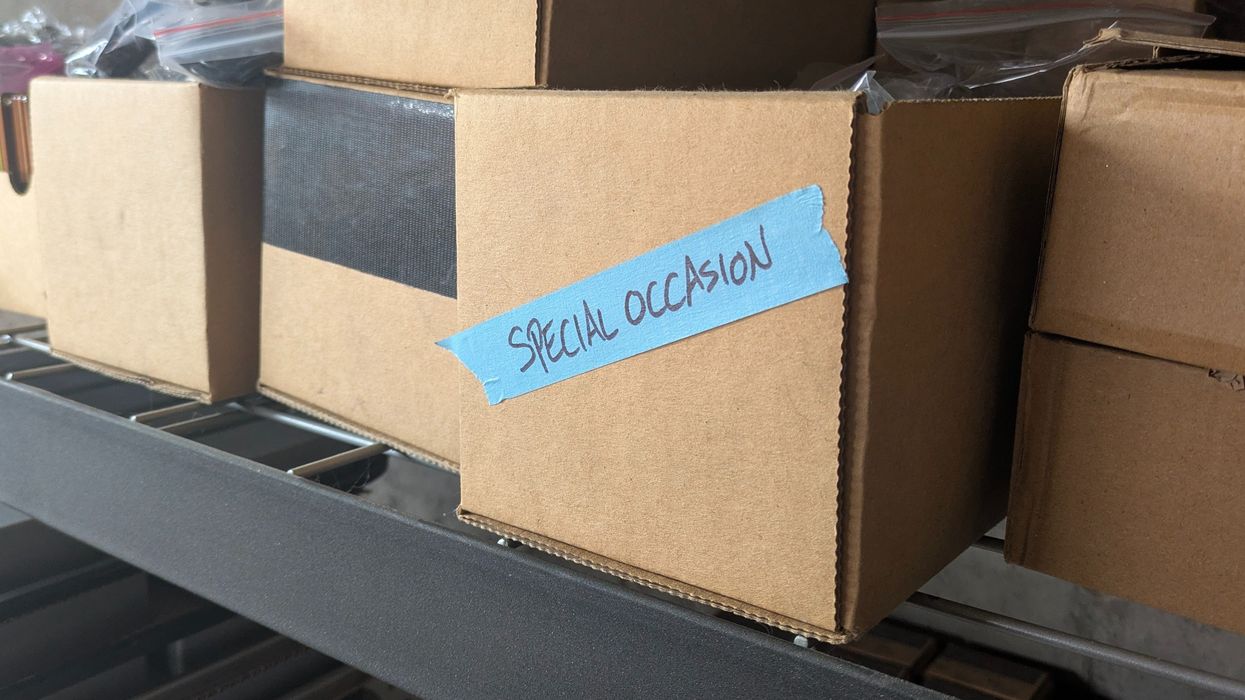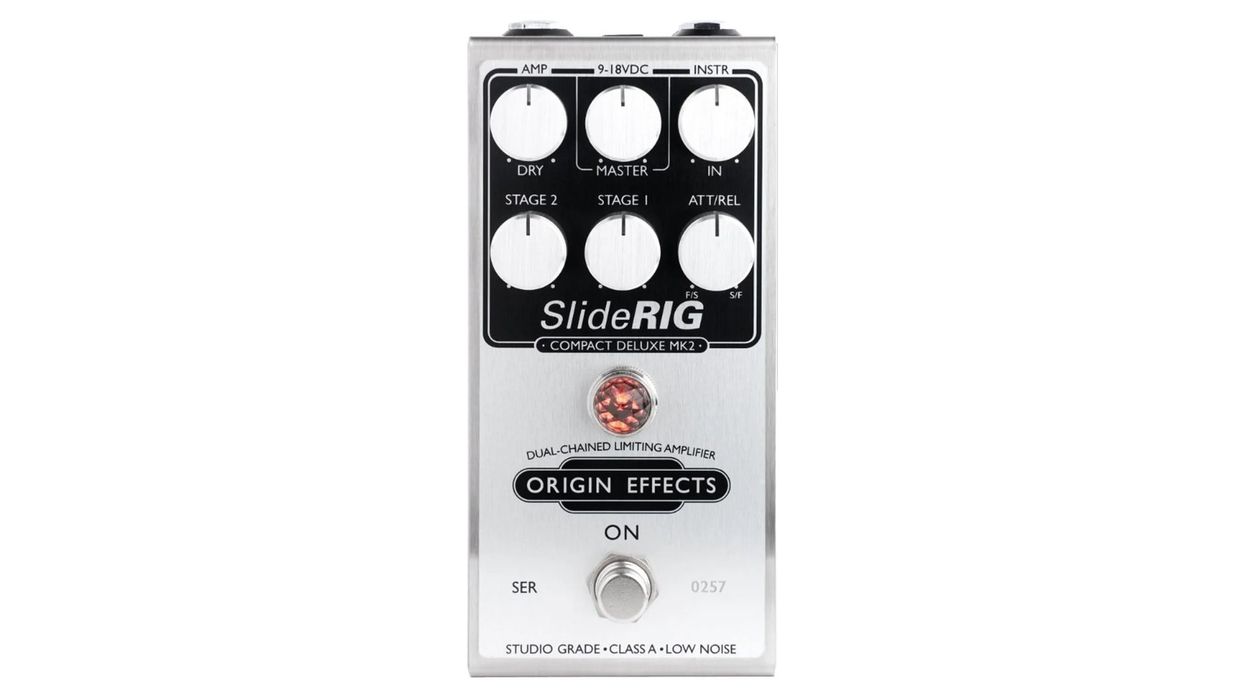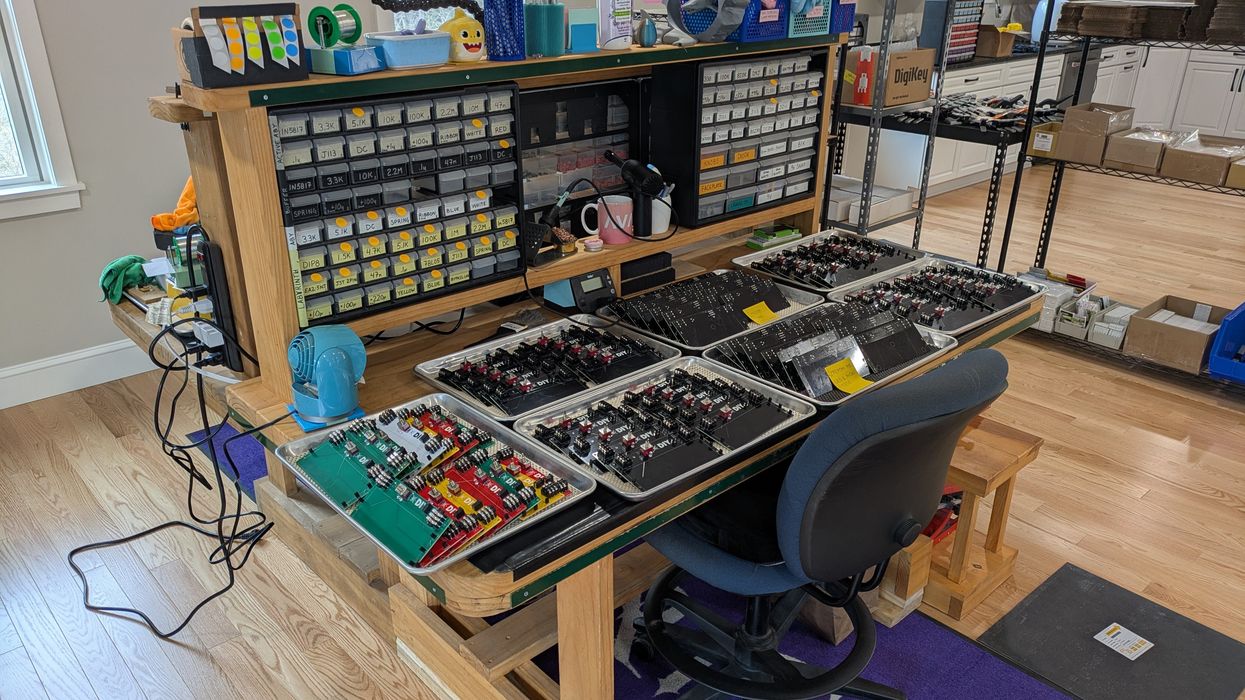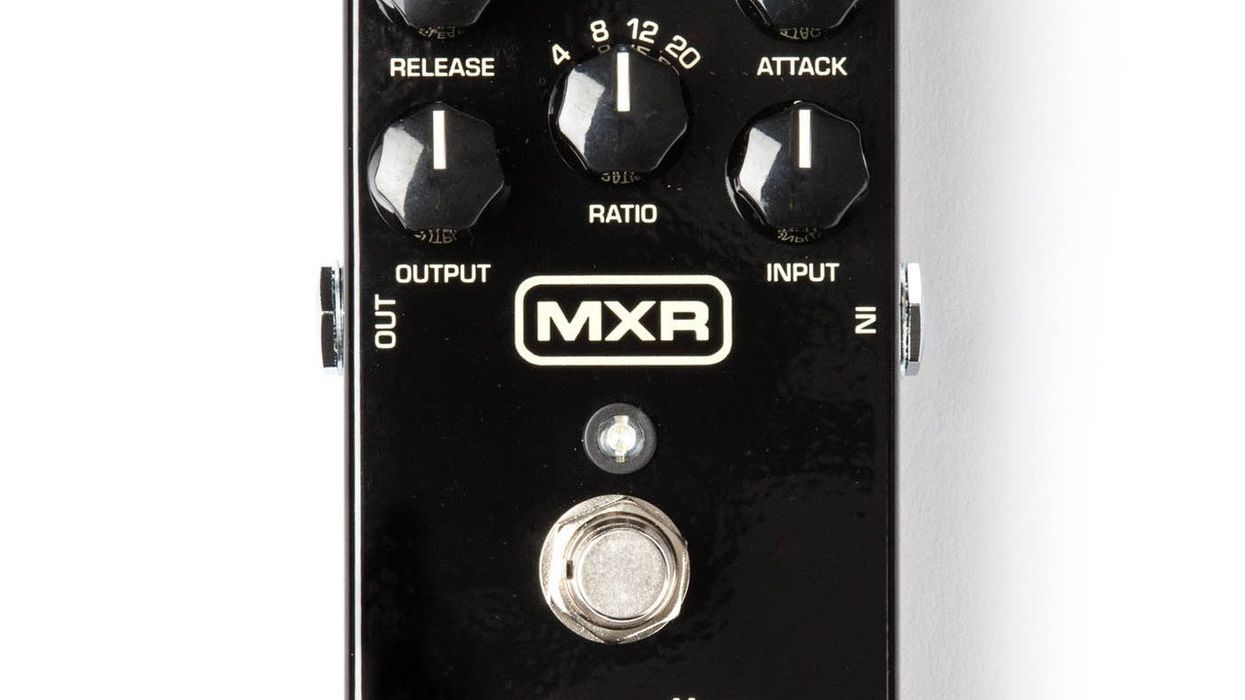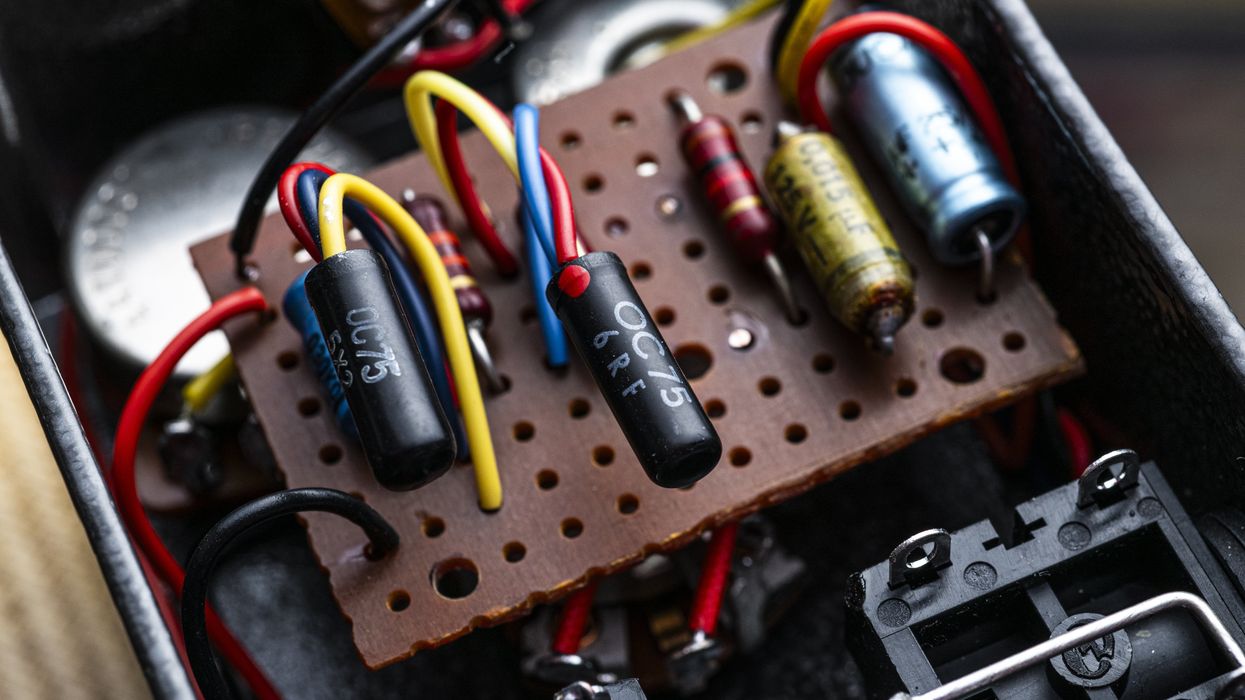Let’s open things up with a TV/movie trope. The character on screen has a speech that they’ve been preparing for once they’re called up onstage to address the audience. When they finally get up to the lectern to deliver it, they pause, give the attendees a look over, and rip up their script in a dramatic fashion before pursuing an off-the-cuff, heartfelt message that goes on to invigorate the crowd and inspire a roaring ovation. For right now—I’m at least doing the first part of that. I’m abandoning my planned topic. Consider this me ripping up my finely curated index cards.
Before sitting down at the computer, I was thinking about the title of this column—“State of the Stomp.” Perhaps I’m being a bit too on-the-nose, but I started to ask myself, “What is the state of the stompbox world?” As in, this niche section inside of this niche industry that we find ourselves traversing. But, I can only speak for myself and what I’ve experienced firsthand and heard secondhand. That being said, let’s chat about the current state of the stompbox world.
This year marks my 10-year anniversary in the boutique-effects world. In speaking to the state of affairs in those 10 years, I’ve witnessed trends, domestic growth, international growth, product collaborations, companies closing doors, others opening doors, dealer decline, e-commerce growth, and more. The last, e-commerce, is the current state that we find ourselves in—an ever-growing, bustling digital presence that brings with it the B2C (business-to-consumer) model.
This isn’t completely new terrain for us by any stretch. It is, however, something that was only a minor percentage of our business. I have often referred to our sales as being 80 percent dealer and 20 percent direct. I would say that was the case from 2014 to 2020, but over the last few years the dealer vs. direct numbers have pretty much flipped.
Why has it flipped in favor of direct sales? That’s a simple yet complex question that would rob me of sleep if I let it. I would also frame the question in the inverse: “Why have dealer orders and reorders slowed down?” Market oversaturation? Economy? I would find it difficult to imagine that economic changes haven’t been trolling consumer purchasing. Us manufacturers know that it has directly impacted raw materials. As a niche corner of the MI world, that’s scary. Especially when you’re a manufacturer of nonessentials. When essentials go up in cost, it doesn’t feel great, but more easily gets shrugged off. When nonessentials go up, purchases of them get scaled back or hauled off completely.
“Why has it flipped in favor of direct sales? That’s a simple yet complex question that would rob me of sleep if I let it.”
In conversations I’ve had with industry colleagues, there’s almost a universal trend—sales are slow. This brings us back to the “why?” A place that my company finds itself in right now is close to the opposite. We are swamped with direct orders and dealer orders. However, of all the direct and dealer orders that we have been flooded with since May, 90 percent or more are for our DIY offerings. A big reason for this is due to the fact that the DIY market is smaller than standard pedals, we offer tools that don’t already exist, and the pricing is very attractive.
In May, “Short Circuit” launched. A recurring segment on the ever-popular JHS Show on YouTube, “Short Circuit” features founder Josh Heath Scott explaining effects-circuit basics while breadboarding them—using our DIY products. This, along with giveaways and kit collaborations between CopperSound and JHS, has led to a huge sales influx in what the community has coined “the JHS effect.”
I also find it important to highlight that my affinity for the brick and mortar has not diminished. But I will say that their ability to offer an array of gear from various manufacturers feels like a double-edged sword. If a particular store carries 20 brands, they can more easily give appropriate attention to each brand and subsequent model they stock. This includes website pictures, videos, copy, and SEO for each product. Now, if that same store expands to 200 brands, the bandwidth for each product gets significantly decreased.
So, while that dealer has 200 brands to focus on, we, the manufacturer, only have ourselves, making it easier for us to tend to our website. In a world where 70-plus percent of consumers shop online, it really makes me wonder if this is the make-or-break factor when it comes to where and how people choose to do that shopping.
And now, I’d like to thank you all for the standing ovation in response to my inspiring, off-the-cuff speech.
